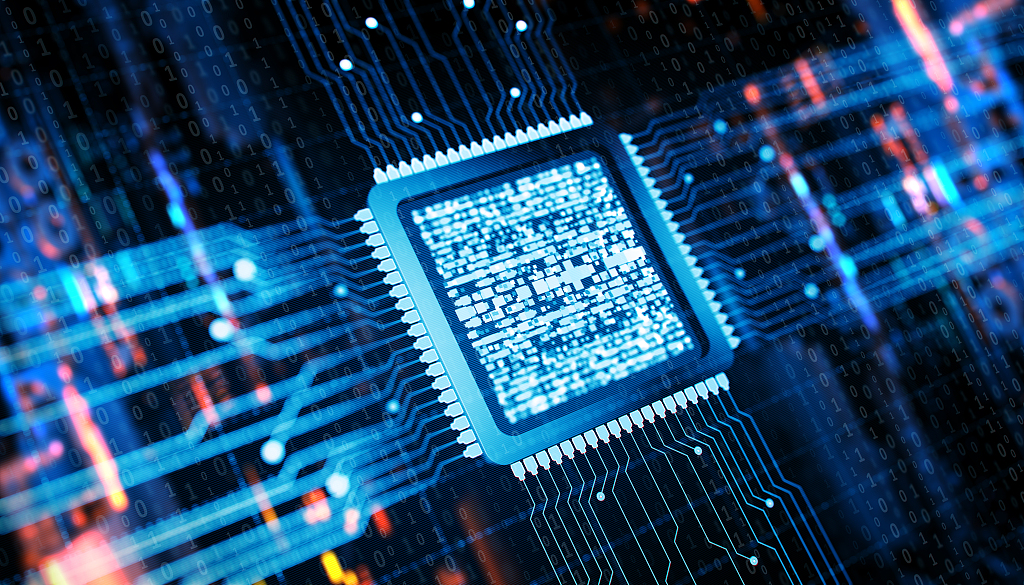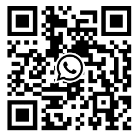Sensors play a key role in addressing the critical business challenges.

If people know that they use temperature sensors to eliminate bedbugs, they can cause problems because people want to know more. The same response may be obtained when referring to landfills, entomological laboratories, and banana ripening managers using sensor data to automate and optimize their operations.
This is the case when talking about sensors and the whole field of application in which they work, from analyzing the COVID-19 vaccine storage temperature to monitoring the water temperature of exotic fish farms. Much of the success of these sometimes odd-sounding sensor applications is due to the people who have made the Internet of Things (IoT) a reality.
Don't miss the fast-growing IoT sensor applications
From engineers to business managers to production line workers, everyone can turn their innovative sensor application ideas into powerful Internet of Things solutions. Many IoT technologies are easily overlooked because they are developed quickly, come the market, and often work behind the scenes.
Sensors help generate industry transformative innovations and simplify critical business activities, all of which have good ROI. Sensors can measure almost all the data —— temperature, humidity, vibration, pressure, air quality, electricity consumption, movement, water, and so on. You can also see that IoT sensors predict machine maintenance at work, optimize on-site services, improve utility efficiency, perform accurate irrigation, maintain the feasibility of vaccines, automate factory production, and more.
Most IoT sensor applications or use cases start with a simple question: " How do you use the IoT to solve the problem?"Or, more creatively," How do you have a conversation with this thing?"Then you start designing the best IoT sensors for data-driven solutions. This is what the sensor can do —— to make things meaningful, like talking. Sensors provide actionable data to help solve a range of problems in any industry.
Sensors make the Internet of Things provide services
Sensors are essential variables in the Iot equation, but are often overlooked. For the Internet of Things to work, something needs to be learned.
For example, the multiplicative effect of the connection from sensor to gateway to cloud is required for data analysis. But it is sensing, measurement, and monitoring that makes industry applications intelligent and innovative. Sensors give the Internet of Things business.
Before using the term Internet of Things in everyday conversations, we discussed embedded systems or machine-to-machine (M2M) communications and applied them to many industries. Now in the age of Industry 4.0, we see amazing automation leveraging the evolving advances in the Internet of Things for rapid data processing and analysis.
This promising revolution has provided many new IoT sensor applications for enterprises that are prepared to reap comprehensive benefits from the ubiquitous Internet of Things and the Industrial Internet of Things (IIoT). The increasing popularity of the applications of Industry 4.0 and Industrial Internet of Things and the growing demand for automation and robotics have driven the exponential growth of the sensor market.
But not all sensors work
The sensors that have the most significant impact are built on agile platforms and are effective in multiple environments, such as enterprise, business, and industry. When you have a universal sensor platform, it has global interoperability. With remote multi-frequency radios and flexible microcontrollers, sensors can be quickly deployed quickly for almost any industry application.
With advances in digital control systems and overall proficiency, users demand advances in sensor reliability, coverage, response time, power, viability, integration ease and communication capabilities. Ultimately, the main features of the ideal sensor are:
· Easy to install and use
· low power consumption
· Universal form and function
· economy
The sensor must be easy to install and use in a variety of environments and situations. The ideal sensor setup takes approximately 15 minutes, as follows:
· Connect it to, or near, the object that you want to control or monitor.
· Connect it to the power supply and turn it on.
· Configure it quickly using a smartphone or computer.
Sensors that operate only when they have to communicate require minimal power. This is how sensors achieve a battery life of more than 10 years. Other ways to extend battery life are to use the latest battery technology or environmental energy collection technologies, such as solar and piezoelectric technologies, or even a combination of the two.
Remote wireless range and frequency hopping expansion (FHSS) can significantly enhance the reliability of sensors. It will have greater resistance to physical obstacles, external RF systems, and electromagnetic interference (EMI) capabilities.
Physical robustness of the sensor is crucial. Is it flexible enough to be placed in multiple environments, handle many different industrial applications, manage a variety of complex situations, and still collect, store, and send critical data needed? In addition, a powerful sensor can provide the most economical and best insurance for —— prevention. Sensors can help prevent problems such as equipment and product damage or asset downtime. It can detect when the system or machine starts to fail, and the cost of solving the problem remains low.
Ensure sensor data by eliminating risks
Is the sensor unbreakable? The sensor system includes encryption functions using Diffie-Hellman key exchange algorithm and symmetrical key encryption of 128-bit advanced encryption standard (AES-128) password block chain (CBC) to protect the transmitted data from damage. To protect Web servers and browsers connected to the sensor network, you can use Transport Layer Security (TLS) encryption.
On top of these additional standards, sensors need an additional layer of security. For complete security, an authentication layer can be added to provide more protection during data generation and with the 256-bit Security Hash Algorithm 3 (SHA-3).
The 256-bit SHA-3 authentication can protect the sensor data with a unique global key or fingerprint. This data authentication includes the validation of the source-generated data at the software layer or at the application layer. Therefore, when the sensor sends the data, its companion is an automatically generated authentication token. When the software receives the data, the token will be analyzed by an encrypted hash function with a custom sensor key. In this way, the security of all communication points is guaranteed, such as sensors, gateway, networks, network controllers and cloud.
Eventually, these encryption and authentication layers combine to create a powerful sensor security platform. It would be even better if the sensors were all locked in an end-to-end IoT data security platform like this.
The boom in sensors facilitates data-driven decision-making
As sensors grow to billions of connected devices, companies are easily overwhelmed by billions or even more data points. Whether the sensor transmits data periodically only when parameters change or transmits data in real time at the data center, the cloud or the network edge, a universal software platform is needed to understand the potentially unprecedented amount of data.
The main benefit of the sensor is not only its data collection capability, but also its activation of agile data analysis. Combining sensor management, data aggregation and storage, and alerts into a cloud-based or local platform and providing a customizable API for analytical software integration may be key to making fast data-driven decisions quickly.
Predict the future: The sensors have a promising future
The sensors that engineers imagine today will continue to evolve to help create new and improved ideas for future applications. As we have seen, the future technologies, such as artificial intelligence (AI) and virtual reality, augmented reality and mixed reality, are becoming mainstream in many aspects of our work and personal life.
Sensors play a key role in these progressive applications. In the near future, sensors will help meet the ultra-fast data processing and analysis driven by 5G, artificial intelligence, computer vision, sensor fusion, and multi-access edge computing. It's easy to predict that because of these innovations and everything from smart cities to smart factories to smart cars, sensors will evolve for yet unexpected applications.
· Flexible plug-and-play sensors will set new form and functional standards, even beyond the combined sensors that measure only two parameters: soil moisture and temperature.
· Innovation will follow as we continue to use a universal sensor system to sense multiple conditions to enable multiple remote monitoring solutions.
· Industrial control automation driven by sensors and AI will continue to create innovative opportunities to advance the manufacturing process.
· Advances in satellite communications and GPS will combine to improve the way sensors monitor assets in ultra-remote areas.
· Sensor energy will improve as the battery advances and the self-powered or energy collection options.
· As sensors continue to be more fully integrated into wireless networks and replace hardware configurations, we will see reductions in cost and power consumption.
We can rely on sensors to constantly change the industry 4.0 era and beyond.
Contact: Qui
Phone: 18146178586
Tel: 18146178586
Email: qui@zonewu.com
Add: 1501-3, Building F03, Phase III, Software Park, Jimei District, Xiamen City, Fujian Province, China
